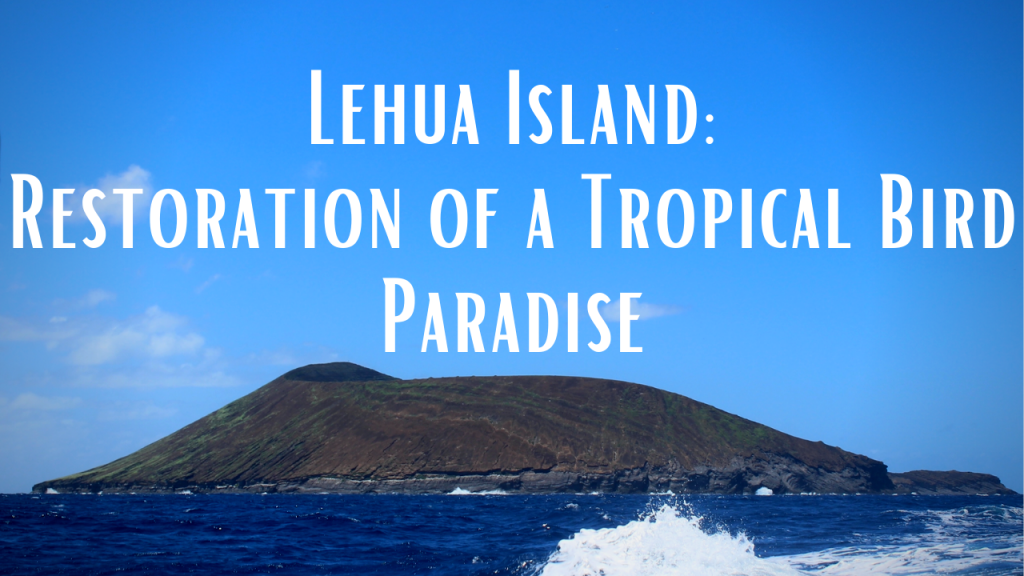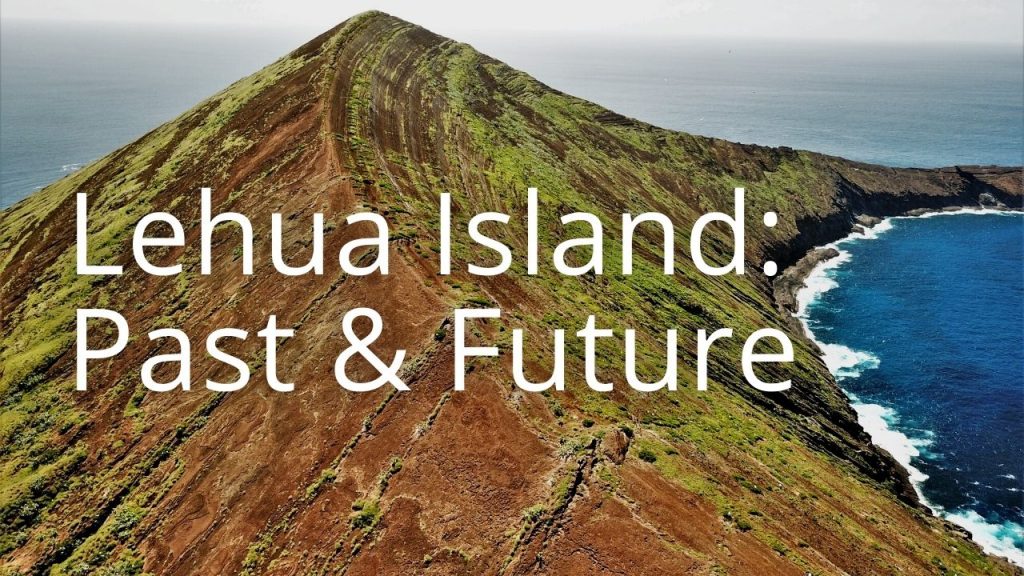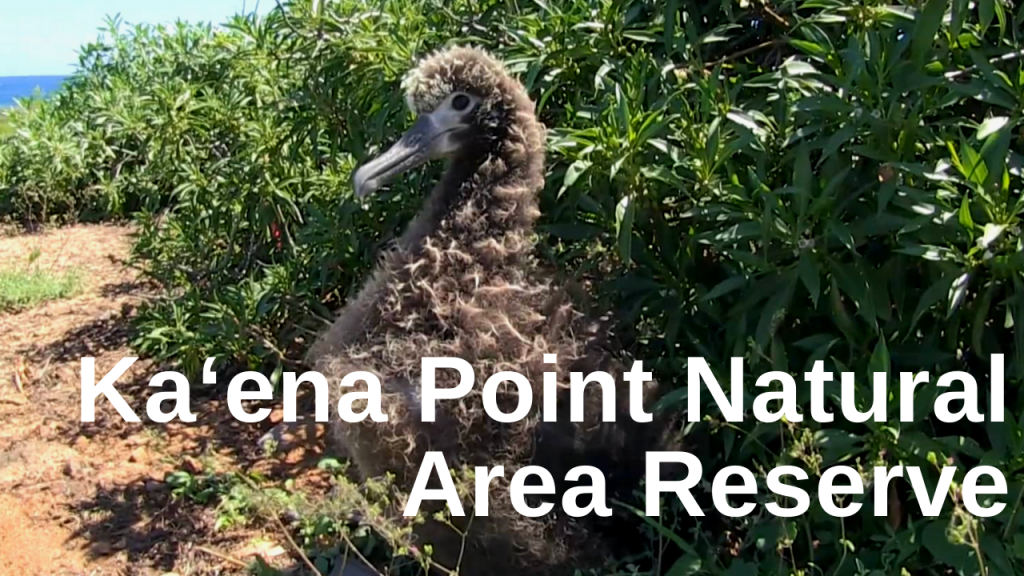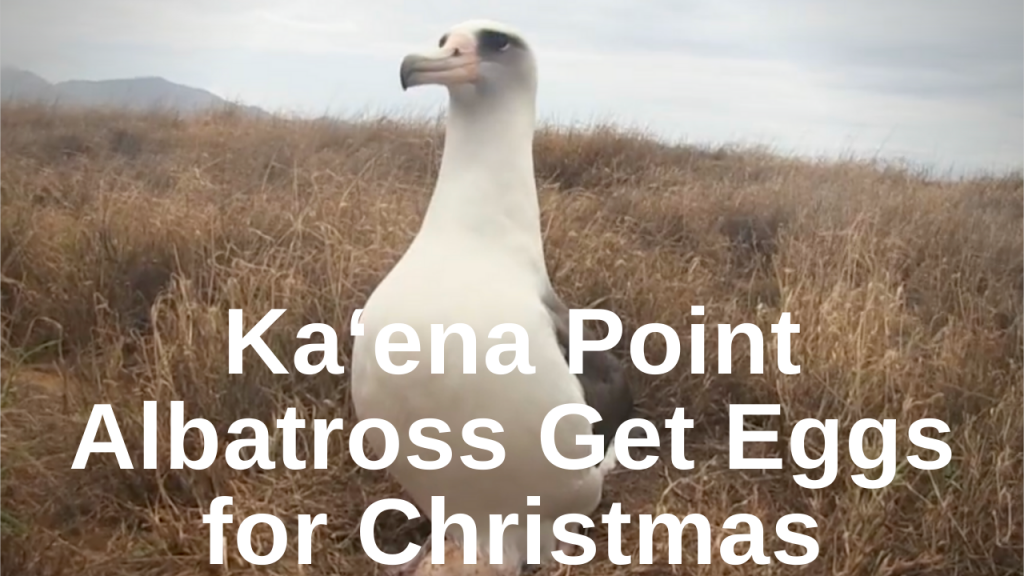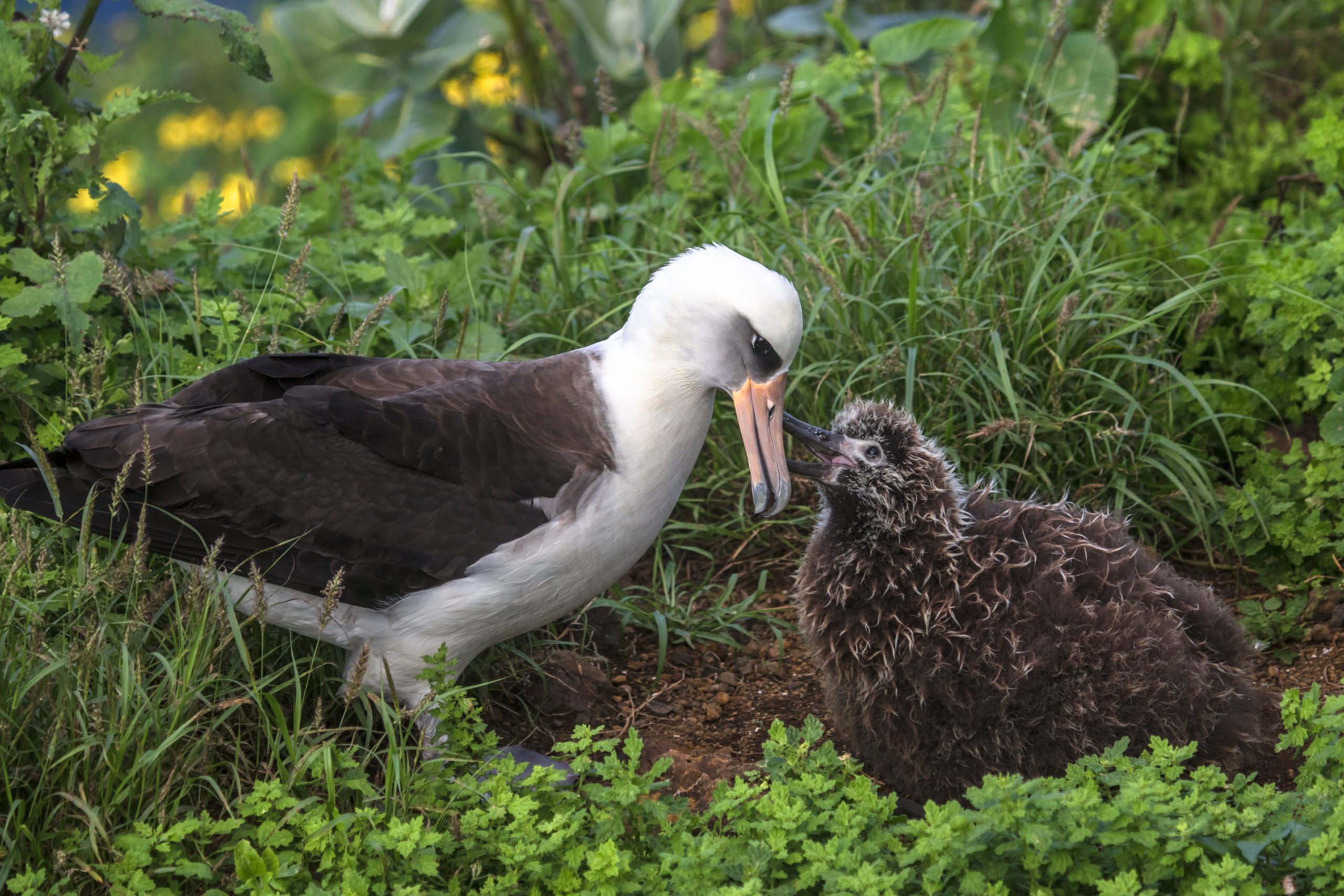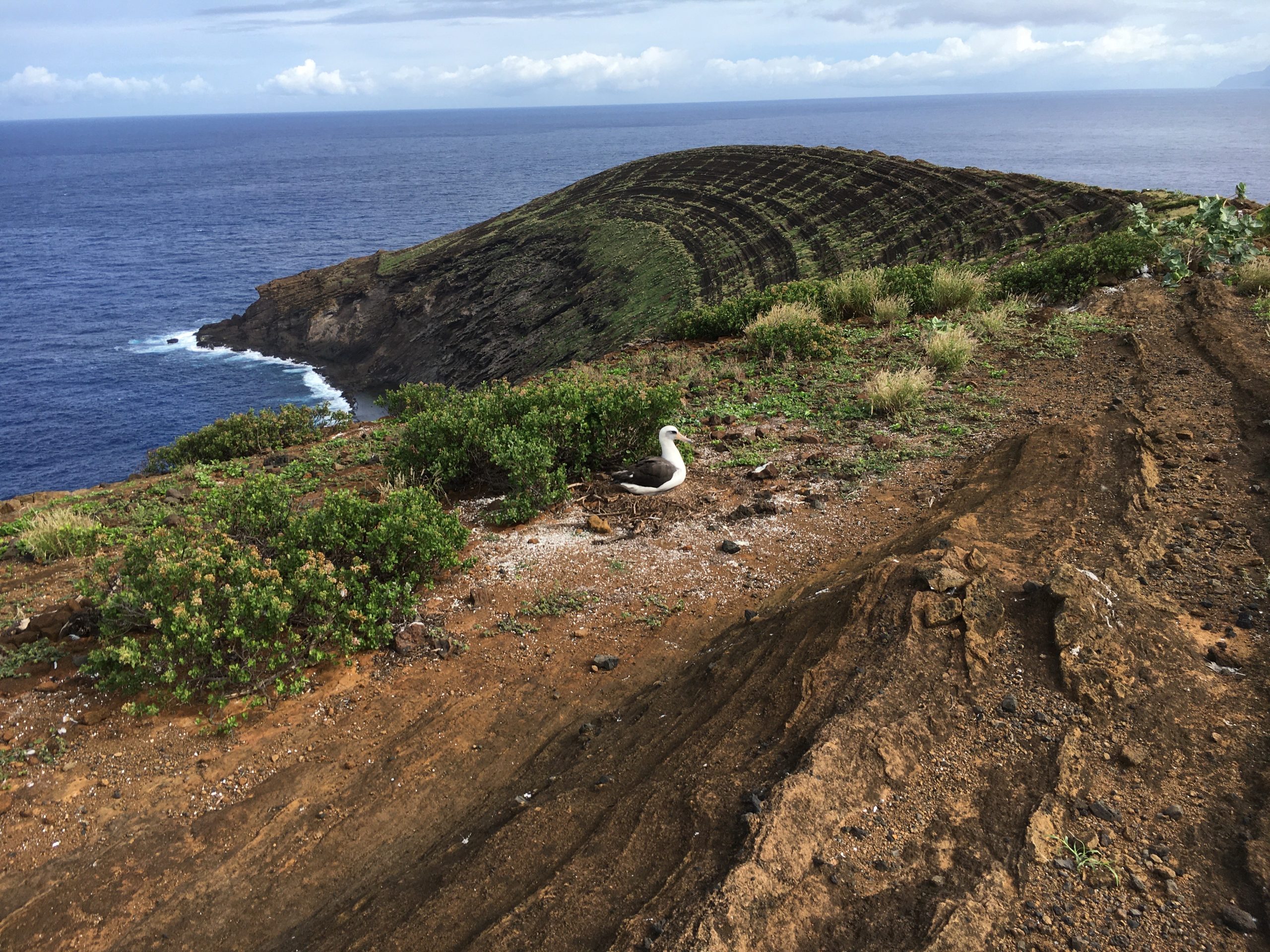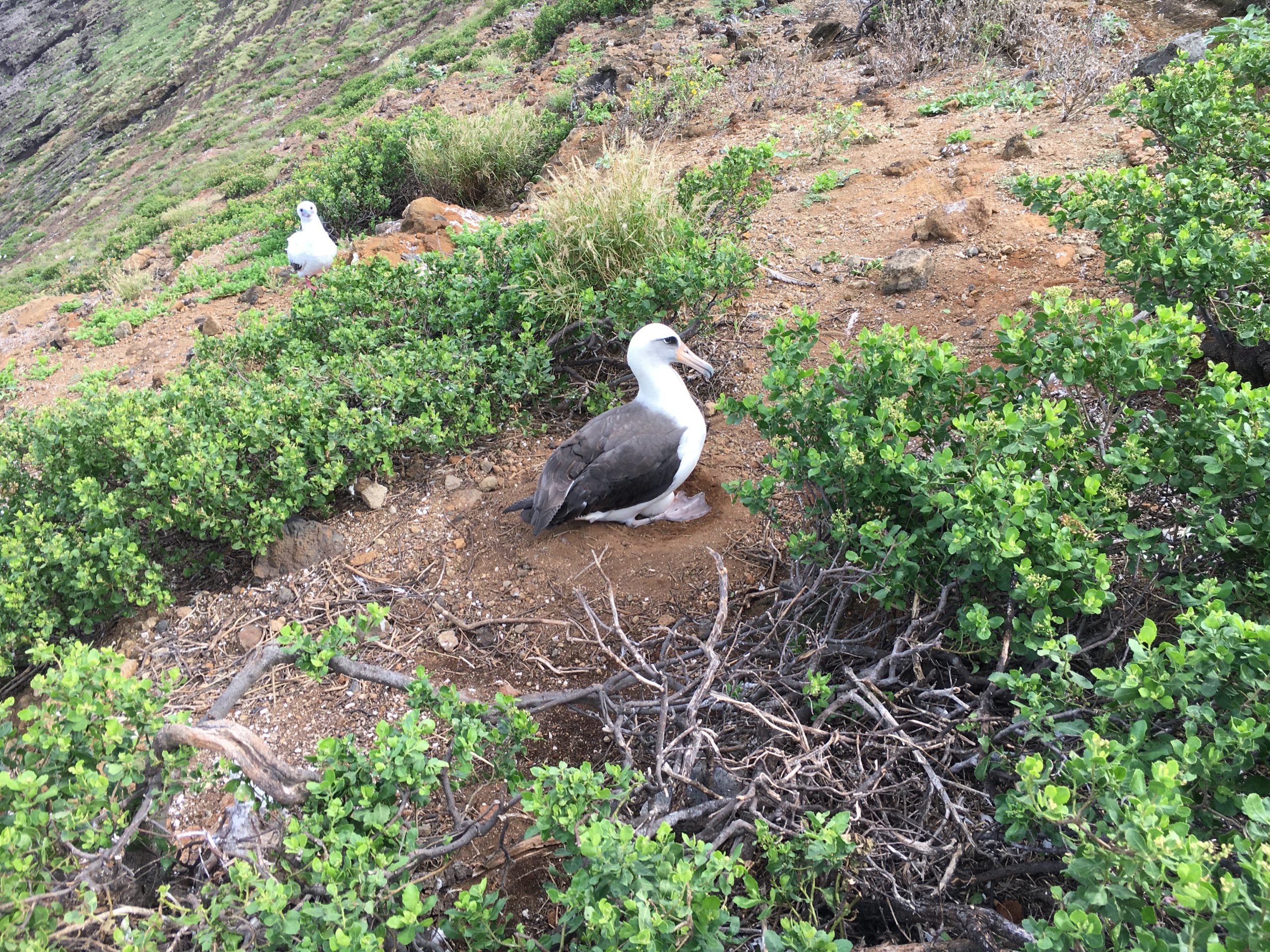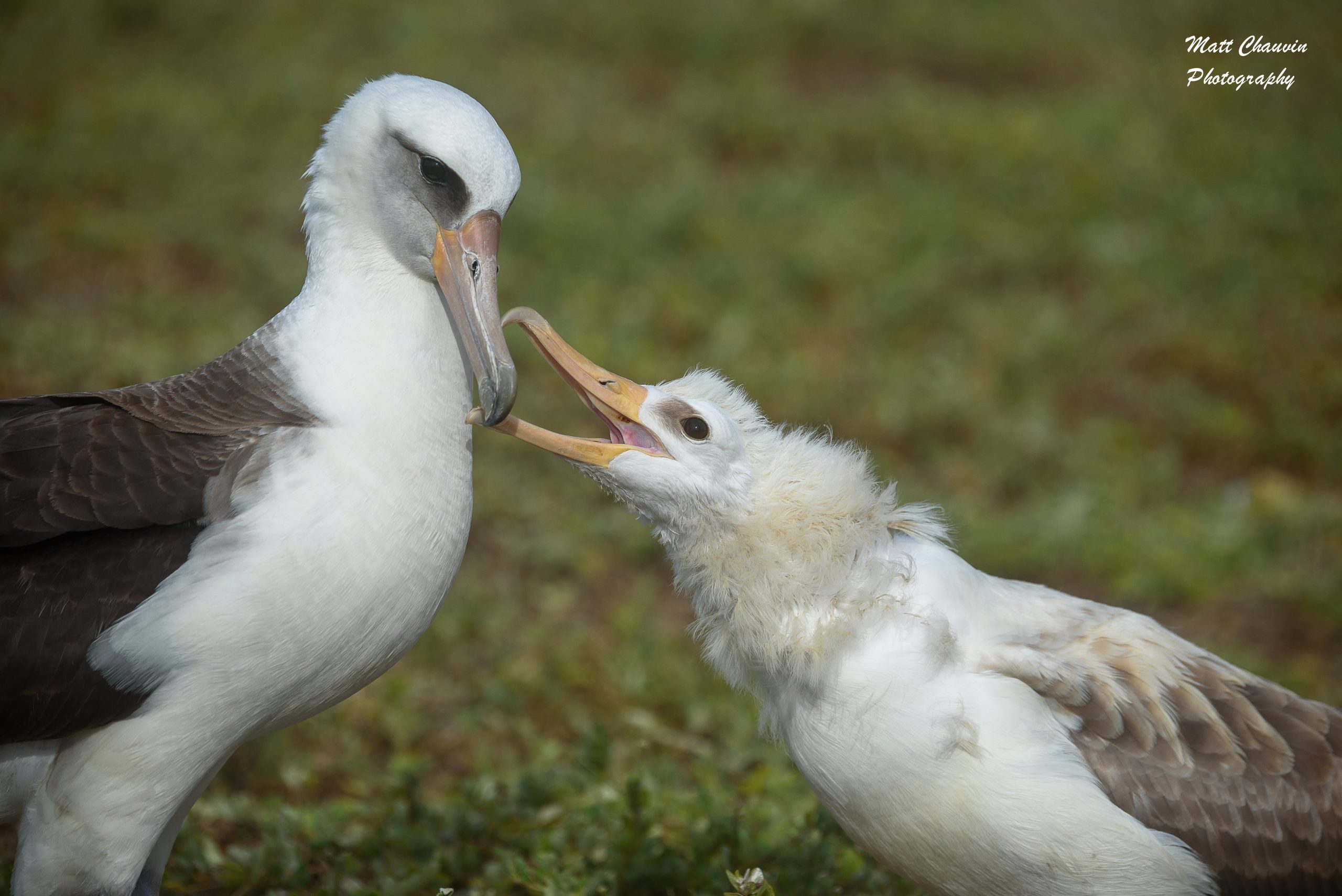Mōlī

Names
- ʻŌlelo Hawaiʻi: Mōlī
- Common: Laysan albatross
- Scientific: Phoebastria immutabilis
Song
Conservation Status
- IUCN Red List Ranking – Near Threatened
Species Information
The mōlī or Laysan albatross is a large, abundant seabird (Family: Diomedeidae) whose breeding range is centered in Hawai‘i. Adults are mostly white except for black wings and tail; upperwings entirely dark, underwings mostly white with variable amounts of black especially along leading and trailing edges. Bill is pink with gray, hooked tip; legs and feet are light pink. Like all albatrosses, mōlī are accomplished fliers using dynamic soaring to cover great distances. They mainly feed at night and often far from breeding colony (e.g., 1,770 kilometers [1,100 miles]). Mōlī often feed with animals belonging to their same species, but rarely with other species. Similar to other albatross, they seize prey from the surface while sitting on the water. Scavenges from carrion and follows fishing boats, but not as frequently as ka‘upu or black-footed albatross (P. nigripes). In Hawai‘i, diet consists primarily of squid, as well as deep-water crustaceans, fish and flyingfish eggs. Like most seabirds, mōlī nest in colonies, have long-term pair bonds and high site fidelity, lay only one egg per season, and both parents participate in all aspects of raising young. Pairs engage in long, noisy, ritualized courtship dances. They typically select nest site closer to vegetation than ka‘upu, and nest varies from a scrape to a ring-like structure comprising sand, vegetation, and debris. In Hawai‘i, eggs are laid between November and December and chicks fledge in July, and no post-fledgling care is provided by parents. Young birds do not return to land until their third year after fledging. These birds do not breed, but dance, build nests, and prospect for mates. Birds first breed between five and eight years of age, and the oldest known individual was at least 61 years old.
Distribution
Nests throughout the Northwestern Hawaiian Islands (NWHI) and on the Main Hawaiian Islands (MHI) of Kaua‘i and O‘ahu and Lehua Island off Ni‘ihau. Outside of Hawai‘i, they nest on islands off Japan and Mexico. At sea, mōlī occur widely throughout the north Pacific Ocean.
Habitat
Most nesting occurs in flat open areas on low-lying coral and sand islands, but they also nest in steep rocky areas on high volcanic islands such as Nihoa and Lehua. A majority of the world’s mōlī nest within the Hawaiian Islands National Wildlife Refuge (NWR) and Midway Atoll NWR. Two of the largest breeding colonies on the MHI occur in the Kīlauea Point NWR on Kaua‘i and the Ka‘ena Point Natural Area Reserve on O‘ahu. Predators are controlled at both these sites. Nesting attempts are discouraged (e.g., eggs are removed) at several military bases in the MHI to reduce collisions with aircraft. At-sea, they occur over the open ocean.
Threats
- Human disturbance and conflict. Historically, hunters decimated populations for the millinery trade. Populations extirpated from Johnston, Wake, and Marcus islands by Japanese feather hunters at the turn of the last century are only recently being recolonized. Occupation of Pacific islands by military during World War II also took a heavy toll on this species. For example, during the 1950s and 1960s tens of thousands were killed at Midway to reduce collisions with aircraft. In 1909, 300,000 birds were killed on Laysan Island. Currently, human disturbance to breeding colonies on O‘ahu and Kaua‘i are a threat, and eggs are removed each year at the U.S. Navy Pacific Missile Range Facility to reduce the risk of aircraft collisions.
- Fisheries bycatch. One of the most serious threats to albatross, thousands were killed annually as bycatch in drift net fisheries prior to their ban in 1993. U.S. longline fisheries once killed thousands annually, but this form of bycatch has been greatly reduced in the last 10-20 years. However, bycatch from Japanese and Taiwanese fleets that operate in the north Pacific Ocean remains a significant threat to the albatross.
- Introduced predators. Like all seabirds, adults and nests on the MHI are susceptible to predation by introduced mammals including pigs (Sus scrofa), rats (Rattus spp.), dogs (Canis familiarus), feral cats (Felis silvestris), and the small Indian mongoose (Herpestes auropunctatus).
- Invasive species. Non-native plants, specifically golden crown-beard (Verbesina encelioides), degrades nesting habitat and may limit nesting density, reduce productivity, and provide habitat for mosquitoes that carry avian pox. Introduced big-headed ants (Pheidole megacephala) at Kure may facilitate the destruction of native vegetation by a non-native scale insect.
- Contaminants. At Midway Island, lead contaminated paint chips and soil is ingested by
chicks, which causes lead poisoning and mortality. Organochlorine and mercury
contamination, and oil spills are also potential threats to this wide-ranging species. - Marine pollution. Adults ingest plastic debris, then feed it to their chicks, resulting in harm or mortality of chicks.
- Collisions. At Midway, albatrosses collide with buildings, lights, antenna wires, and other human-made structures. In 1964 alone, 3,000 albatrosses were killed by colliding with communication antennas on Midway.
- Climate change. Nesting colonies on low-lying atolls are vulnerable to sea level rise, and increased storms and wave events associated with climate change.
Learn more
Plans & Projects
- Lehua Island Ecosystem Restoration Project
- Kauaʻi Endangered Seabird Recovery Project (KESRP)
- Kaʻena Point Ecosystem Restoration Project
Photos
Additional Resources
For more information and references visit the DLNR State Wildlife Action Plan factsheets. DOFAWʻs species pages and State Wildlife Action Plan fact sheets are provided for general information and are not meant to be a citable, original source of data. If you are a student, researcher, or writer looking for a citable source, please explore the references below or find other original data sources, rather than citing these webpages. The references below were provided by the authors of the State Wildlife Action Plan fact sheets at the time of drafting:
- Hawai’i Natural Heritage Program [Hawai‘i Biodiversity and Mapping Program]. 2004. Natural diversity database. University of Hawai’i, Center for Conservation Research and Training. Honolulu, Hawai‘i.
- IUCN Red List of Threatened Species. Version 2014.3. www.iucnredlist.org. (Accessed May 2015).
- NatureServe. 2003. Downloadable animal data sets. NatureServe Central Databases. Available at: https://www.natureserve.org/getData/vertinvertdata.jsp (March 10, 2005).
- U.S. Fish and Wildlife Service. 2005. Regional seabird conservation plan, Pacific Region. U.S. Fish and Wildlife Service, Migratory Birds and Habitat Programs, Pacific Region. Portland Oregon.
- VanderWerf, EA. 2012. Hawaiian Bird Conservation Action Plan. Pacific Rim Conservation, Honolulu, Hawai‘i.
- Whittow GC. 1993. Laysan albatross (Diomedea immutabilis). In The Birds of North America, No. 66 (Poole A, Gill F, editors.). Philadelphia: The Academy of Natural Sciences; Washington DC: The American Ornithologists’ Union.

